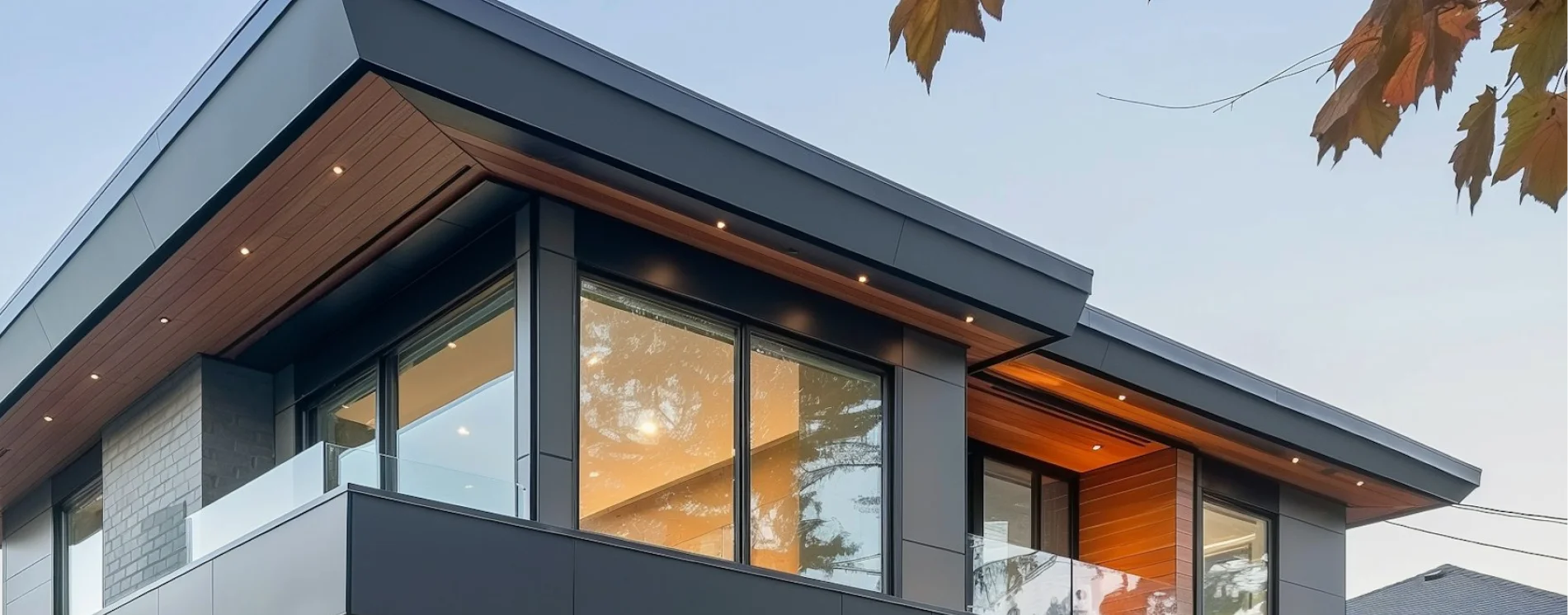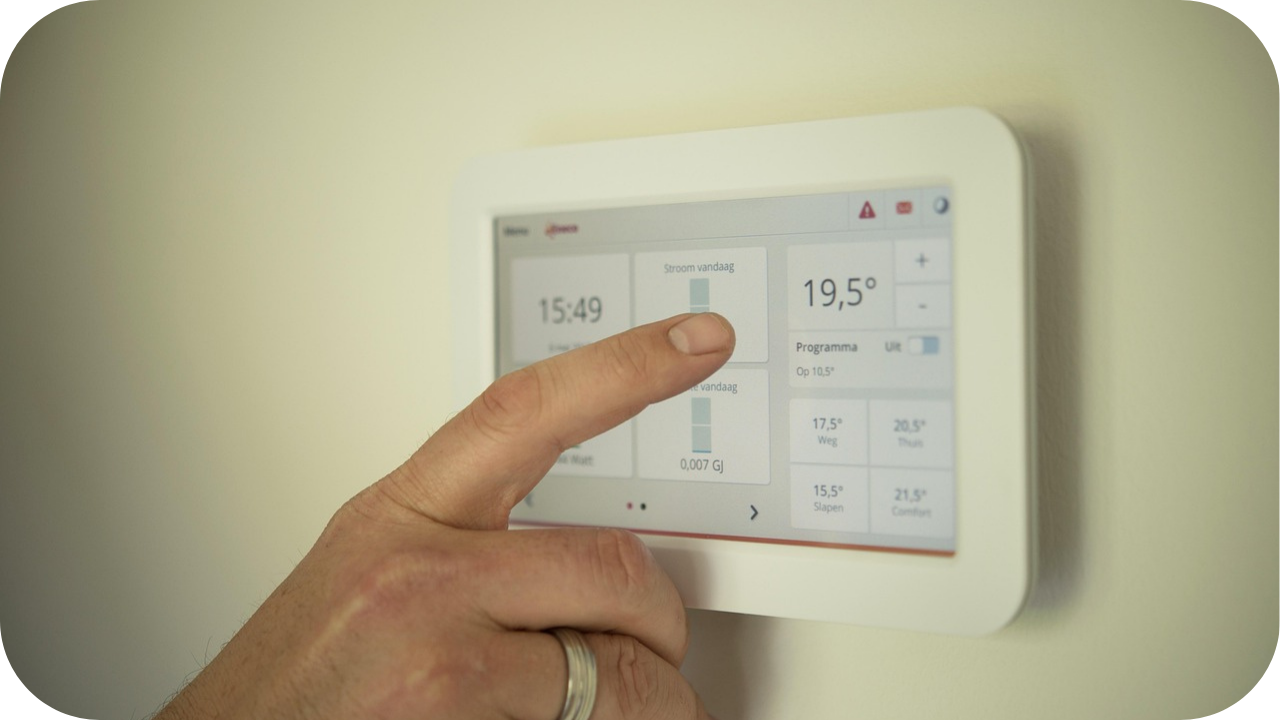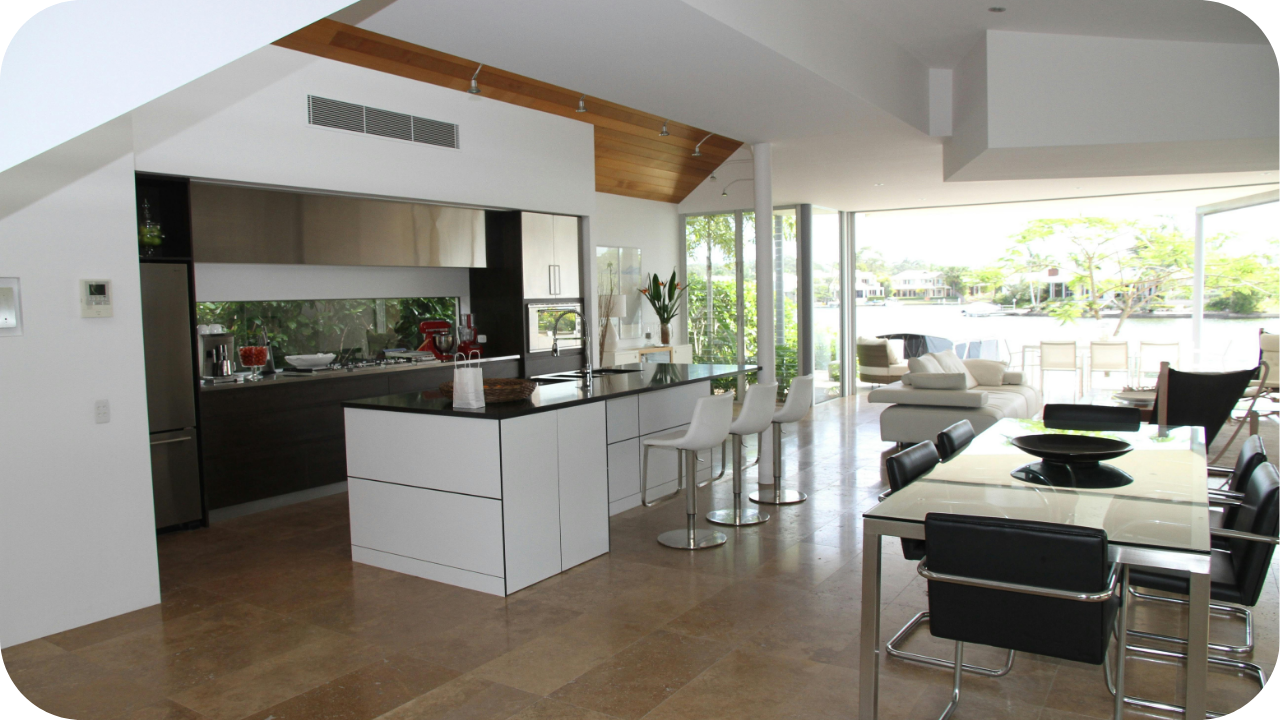


Building a smart home is exciting, but it can also be confusing when you are faced with so many systems, apps, and devices to choose from. Without a clear plan, it is easy to spend more than you need or end up with a setup that does not work together properly.
That is where smart planning comes in. By understanding what you need, how your home operates, and which technologies actually add value, you can design a home that feels intuitive and effortless.
At Romaac Group, a well-planned smart home should make everyday living simpler, safer, and more comfortable from the very beginning.
Smart home design is the process of integrating technology into your living space to make it more efficient, secure, and comfortable. It focuses on how devices such as smart lighting, automated heating systems, and home security controls work together to create a connected environment that responds to your daily needs.
Rather than adding gadgets randomly, good smart home design starts with a plan. It considers how each room is used, what level of automation suits your lifestyle, and how systems can communicate seamlessly. With the right setup, you can control lighting, temperature, and even entertainment with a single tap or voice command.
From the layout of your electrical wiring to the placement of your smart hubs and Wi-Fi networks, every detail contributes to how effectively your home functions. The goal is to design a space that works intuitively, saving time and energy while enhancing everyday comfort.

Creating a smart home goes beyond choosing trendy gadgets. It requires careful planning to ensure every device, system, and connection works together seamlessly. Here are the key factors to think about before you begin.
Before starting, set a clear budget and define your goals. Think about which areas of your home you want to automate first, such as lighting, heating, or security systems.
A realistic budget helps you prioritise essential features while leaving room for future upgrades. Understanding your goals early ensures every decision supports both your comfort and long-term value.
A reliable internet connection is the backbone of every smart home. Weak or unstable Wi-Fi can cause devices to lag or disconnect. Consider upgrading to smart Wi-Fi systems that provide whole-home coverage and faster speeds.
Strong connectivity ensures smooth operation across multiple devices and guarantees your home automation system performs consistently, whether you are streaming music or adjusting the thermostat remotely.

Choosing the right smart home platform is essential for integration and control. Systems like Apple HomeKit, Google Home, and Amazon Alexa each offer unique compatibility and features.
Select one that aligns with your devices and lifestyle preferences. Using a single platform simplifies management, reduces app clutter, and ensures your devices work together efficiently from one central hub.
A smart home should evolve with your needs. Plan for scalability by choosing products and systems that allow easy upgrades or new device integrations later. This approach prevents costly replacements and keeps your technology current.
Whether adding new lighting controls, cameras, or entertainment features, a scalable design ensures your home grows smarter over time without major disruption.
Smart homes rely on data, so protecting it is vital. Prioritise devices that use strong encryption and two-factor authentication. Regularly update passwords and firmware to reduce the risk of breaches.
It is also important to review privacy settings on connected apps to control what information is shared. A secure network keeps your data and home protected from potential threats.
While some devices are DIY-friendly, professional installation ensures everything is set up safely and works as intended. Experts can design efficient layouts, optimise connections, and integrate complex systems such as smart lighting and climate control.
A properly installed system reduces performance issues and ensures your investment delivers reliable, long-term results for your home.

Even the most well-planned smart home projects can go wrong if key details are missed. Here are common mistakes to watch out for:

Working with experts when designing your smart home can save time, reduce errors, and maximise long-term value. Here are key benefits to consider:

Keeping your smart home in top condition requires regular maintenance and thoughtful planning for future upgrades. Just like any other system, smart technology needs occasional check-ups to perform efficiently.
This includes updating firmware, replacing outdated devices, and ensuring all components stay compatible with your central platform. Regularly reviewing system performance helps prevent lag, disconnections, or software issues that can disrupt daily convenience.
Future-proofing is equally important. Technology evolves quickly, so choosing scalable systems makes it easier to integrate new features without starting from scratch. Opt for devices that support updates, open connectivity, and flexible integrations. Investing in strong, smart Wi-Fi networks and reliable power management systems also helps sustain smooth performance over time.
Lastly, consider scheduling periodic inspections with professional technicians. They can identify potential issues early and recommend upgrades to keep your home’s automation secure, efficient, and ready for tomorrow’s innovations.
Designing a smart home can bring a wealth of benefits, from enhanced security to energy savings and convenience. However, it’s important to approach the design process thoughtfully, keeping your needs and budget in mind. By considering factors like device compatibility, future-proofing, and prioritizing key features, you can create a smart home that meets your goals and fits seamlessly into your lifestyle.
Ready to start designing your smart home? Contact us today for expert advice, product recommendations, and professional installation services to make your vision a reality.


